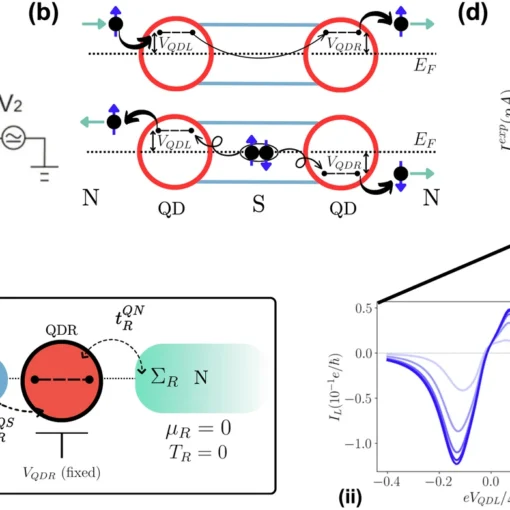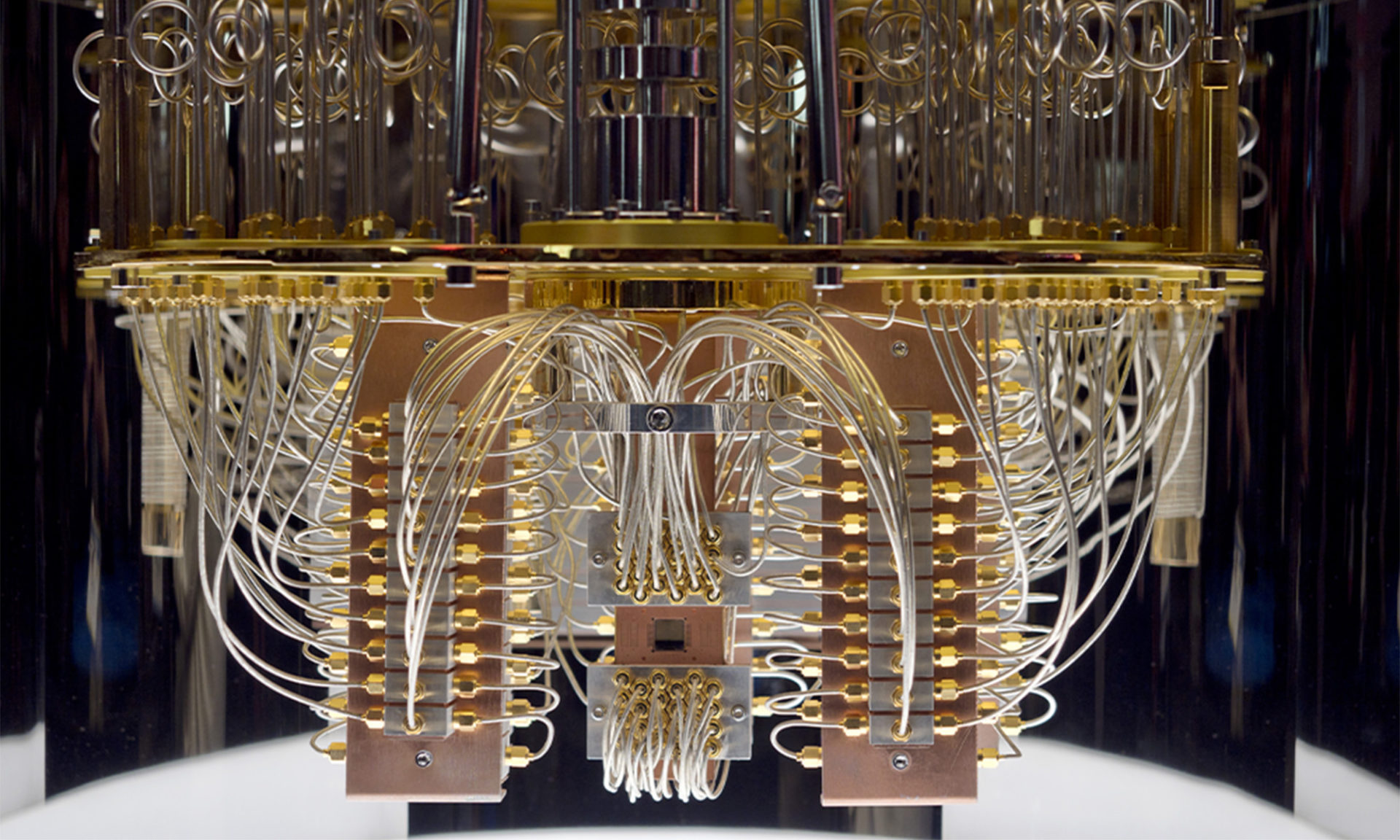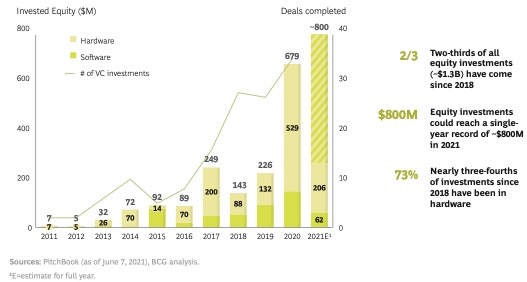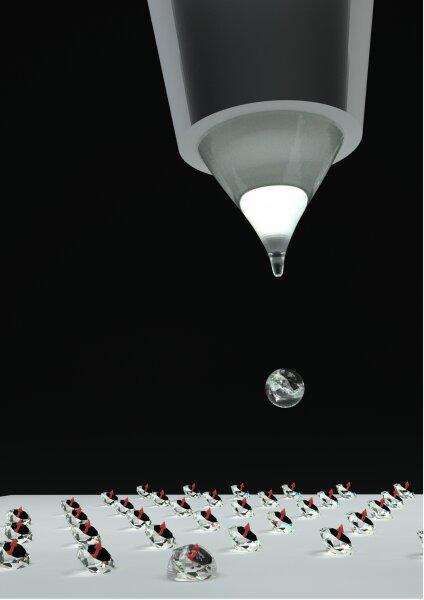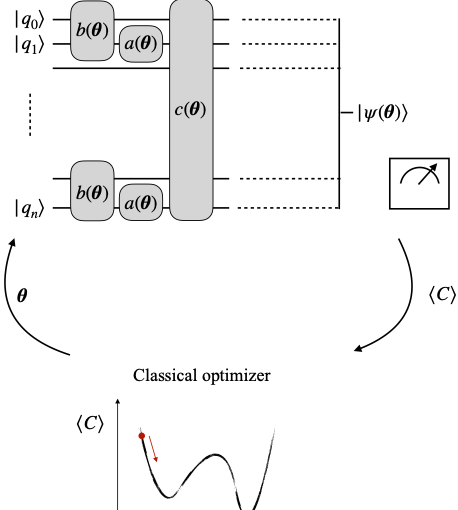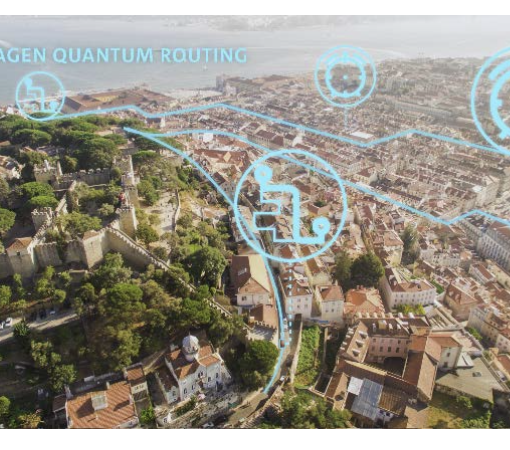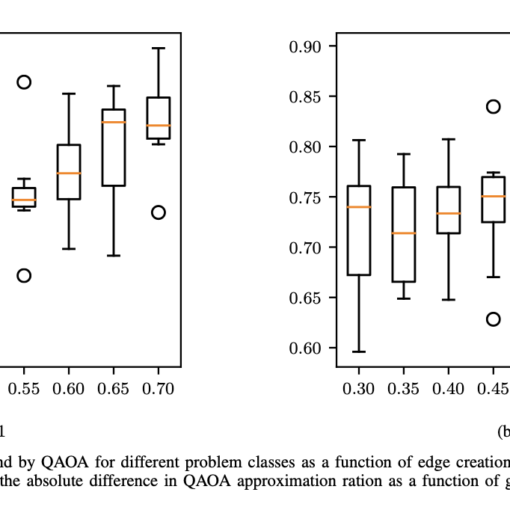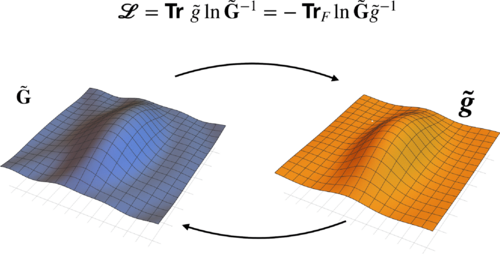
Quantum Metric Entropy: G-field Bridge to Dark Matter Theory
A groundbreaking theory bridges quantum mechanics and general relativity by treating the spacetime metric as a quantum operator and introducing an entropy-based gravitational action that yields modified Einstein equations with an emergent cosmological constant, potentially explaining cosmic expansion and dark matter through a novel auxiliary “G-field.”


